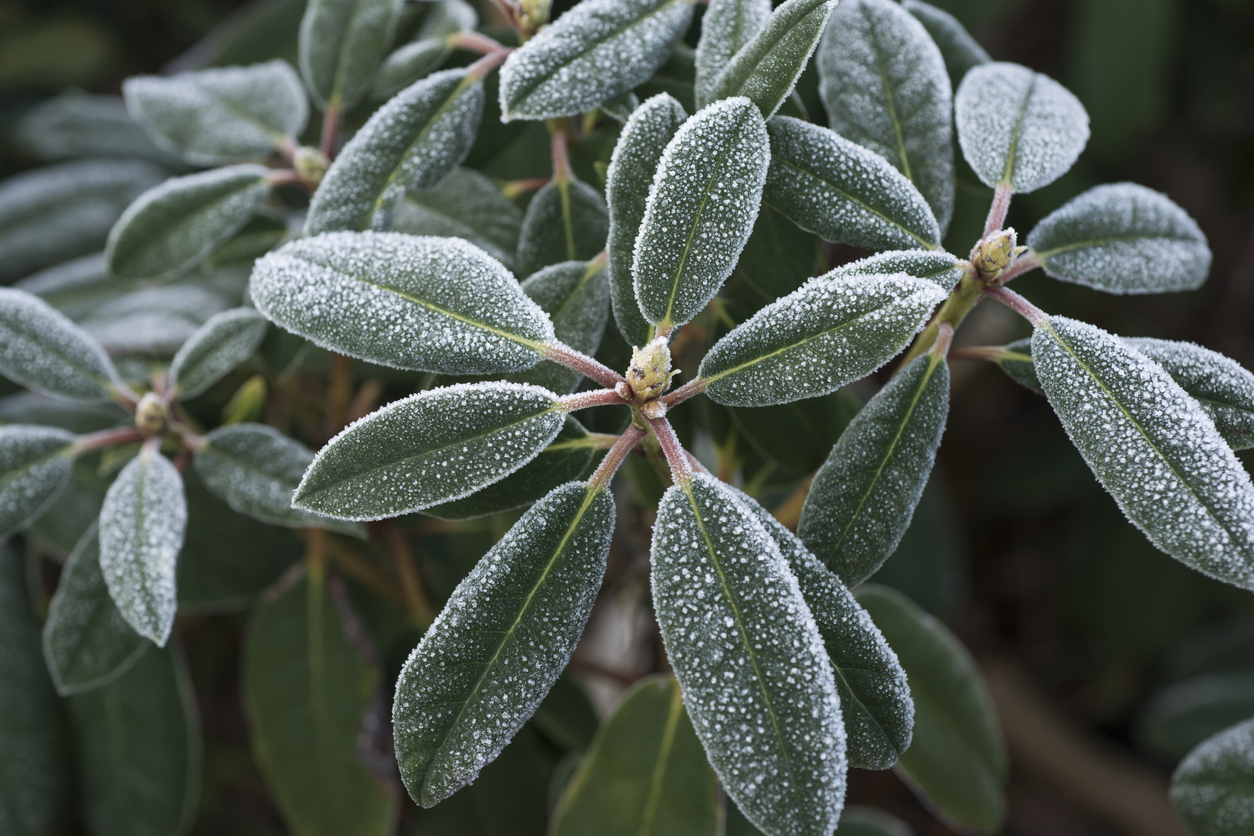
Many of your perennials survive winter without extra care but winterizing is an important step in ensuring colorful flowers in the spring. For tender plants and new additions to the garden, winterizing is vital for cold weather survival. What causes winter damage? Cold temperatures, ice/snow, wind, salt, and animals can all cause considerable damage to your trees, shrubs, and perennials.
Most perennials are cut back after the first hard frost in the fall. This usually occurs in late September or early October. It is important to clean off all plant debris after the frost to help minimize soil-borne diseases.
Most perennials simply need a good layer of mulch applied late in the fall. The purpose of mulching is to protect the crowns of the plants from the alternate freezing and thawing that occurs very late in fall and in early spring. It is important that the ground is allowed to get cold before mulching, so wait until early to mid-November before covering the plants.
When you add fall mulch, aim for a layer that's 3 to 5 inches deep (deeper in colder regions). Use a material that won't compact, like straw, chopped leaves or cornstalks, pine straw or clean hay. It's especially important to mulch shallow-rooted perennials that are prone to frost heave.
Clear out leaves, before applying mulch. Trimming perennials and cleaning up leaves will avoid future garden problems such as insects, slugs and snails, and powdery mildew on roses and apple trees. Weeding in the fall will help to limit the weeds that will grow back in the spring. You can add all this garden debris to your compost pile for future use; remember to avoid using diseased material.
Even on the coldest winter day, the sun can reflect off the snow onto landscape plants and warm the tissue enough to thaw; then the sun sets and the temperatures drop, freezing the plant tissue again. On young trees, this alternate freeze/thaw cycle can cause vertical splits in the bark on the trunk. This is a problem on most young trees but is most common on maples.
You can wrap the trunks of susceptible trees and prevent almost all splitting. You simply start wrapping around the base of the trunk and work your way up as far as you can reach or to the lowest branches. You can also get plastic tubes that can be slipped around the lower section of the trunk, but they can leave too much of the trunk exposed.
Rodents and deer can do extensive damage to trees and shrubs as they forage for food during the winter. Rodents can be kept from gnawing on trees by encircling the base of the trunk with 1/4" gauge hardware cloth or screen wire. The wire cylinder should be tall enough to extend at least a foot above the deepest expected snow. Try using repellents as well.